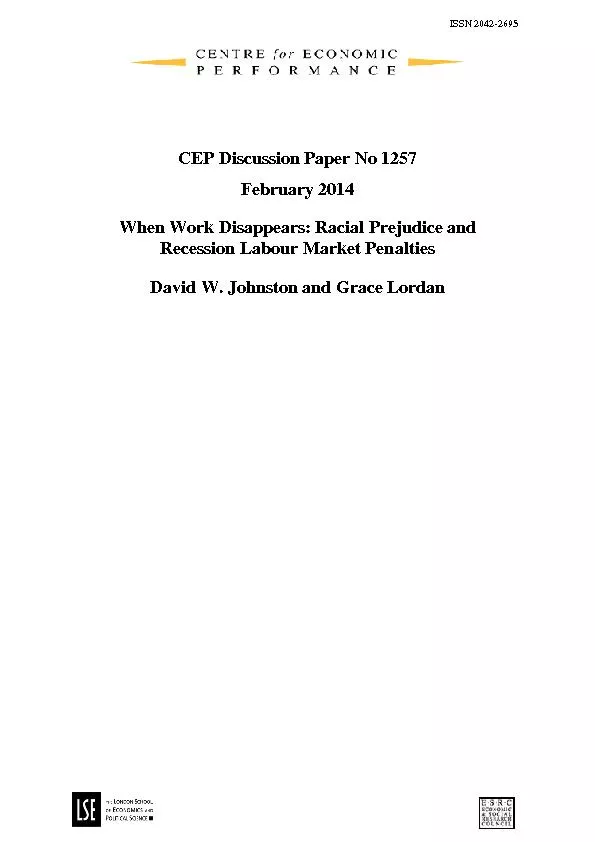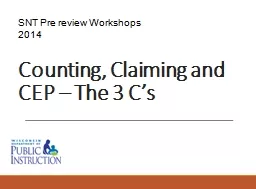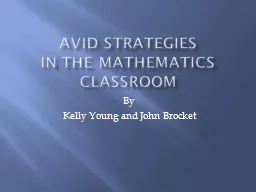PDF-CEP Discussion Paper No 1257 February 2014 avid W. Johnstonand Grace L
Author : marina-yarberry | Published Date : 2016-03-14
ISSN 2042 2695 xMCIxD 0 xMCIxD 0 AbstractThis paper assesses whether racial prejudice and labour market discrimination is countercyclical This may occur if prejudice
Presentation Embed Code
Download Presentation
Download Presentation The PPT/PDF document "CEP Discussion Paper No 1257 February 20..." is the property of its rightful owner. Permission is granted to download and print the materials on this website for personal, non-commercial use only, and to display it on your personal computer provided you do not modify the materials and that you retain all copyright notices contained in the materials. By downloading content from our website, you accept the terms of this agreement.
CEP Discussion Paper No 1257 February 2014 avid W. Johnstonand Grace L: Transcript
Download Rules Of Document
"CEP Discussion Paper No 1257 February 2014 avid W. Johnstonand Grace L"The content belongs to its owner. You may download and print it for personal use, without modification, and keep all copyright notices. By downloading, you agree to these terms.
Related Documents














